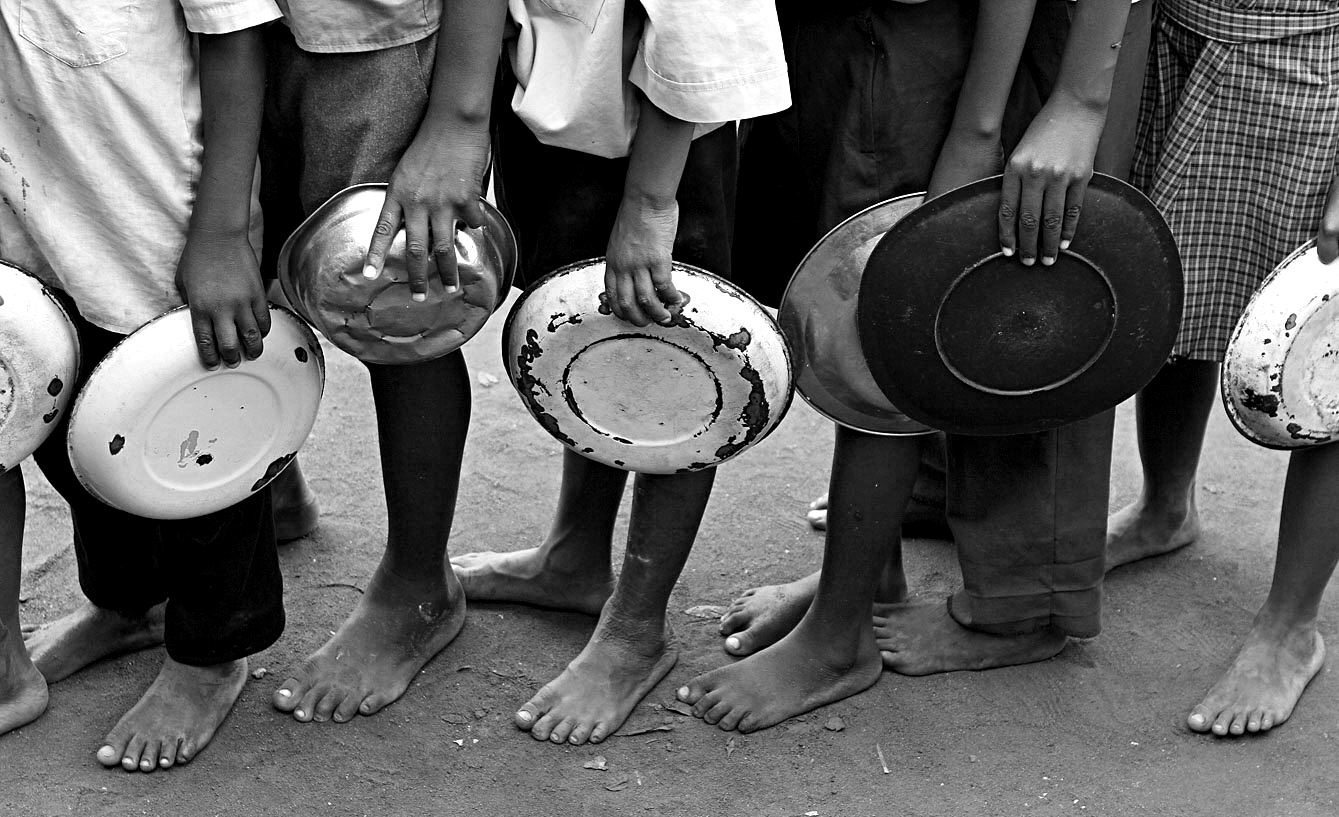Every year the Children’s Institute at the University of Cape Town publishes the South African Child Gauge to track progress for South Africa’s children. This year we focused on early childhood development (ECD) and what measures need to be put in place to ensure our youngest children not only survive but thrive and achieve their full potential.
The science is clear. A child’s brain is built only once in early childhood, and investments during this sensitive period of development offer the greatest returns and boost their lifelong health, education and employment prospects.
For this reason the government committed to put in place a comprehensive package of ECD services by 2030 – including healthcare, nutrition support and early learning programmes. But a lack of investment has hampered implementation of the National Integrated Early Childhood Development Policy and compromised child outcomes.
The lack of progress from 2016 to 2022 makes for sobering reading:
- Stunting rates have remained stubbornly high, with 29% of children under five stunted or short for age; and
- At the same time we have seen a dramatic increase in overweight and obesity in children under five – from 13% in 2016 to 23% in 2022 – which is more than four times the global average.
This double burden of malnutrition matters because it compromises children’s long-term health, education and economic prospects. For example, stunting is a sign of chronic malnutrition which stunts both physical growth and brain development. So it is perhaps not surprising that less than half (44.5%) of four- to five-year-olds attending early learning programmes are developmentally on track for their age. In addition, both forms of malnutrition are fuelling a growing and costly burden of adult noncommunicable diseases that has the potential to overwhelm the healthcare system.
So, what is driving this unfolding crisis and how can we respond?
In many ways children and families are stuck between a rock and hard place.
Since the Covid-19 pandemic we have seen a rise in unemployment and child poverty, with 71% of children under six now living below the upper-bound poverty line in households that cannot afford to meet their children’s basic needs for food, clothing and shelter.
At the same time, the share of poor children receiving the Child Support Grant (CSG) has decreased from 94% to 85%, with only 65% of eligible infants receiving this essential income support.
The CSG is associated with a range of benefits, yet its value (R530 per month) continues to fall way below the food poverty line (R760). So, while it may be sufficient to take the edge off child hunger, it is simply not enough to provide a nutrient-rich diet and reduce the persistently high levels of stunting in South Africa.
Similarly, only 33% of early learning programmes benefit from the ECD subsidy, and even then the low value of subsidy (R17 per child, per day) is not sufficient to cover the costs of running a centre or provide a daily meal.
Yet poverty and underinvestment are not the only challenges. We also need to factor in the role of the food industry. Over the past 20 years, multinational food companies have flooded the South African market with cheap ultra-processed foods that are high in salt, sugar and fats, yet low in nutrients – leaving many families trapped in food deserts where healthy food choices are simply not available or affordable.
High-level political leadership is essential to address this complex challenge and to drive intersectoral collaboration. However, we have yet to see the establishment of the National Food and Nutrition Security Council that was intended to drive the implementation of the 2018-2023 National Food and Nutrition Security Plan.
Double-duty actions are needed to address this rapidly growing double burden of child malnutrition to ensure our efforts to prevent undernutrition do not drive an increase in overnutrition, or vice versa.
Key interventions should include efforts to:
- Provide income support for pregnant women to enhance maternal nutrition and reduce low birth weight;
- Promote exclusive breastfeeding for the first six months of life followed by complementary feeding that is diverse and rich in nutrients;
- Strengthen growth monitoring to identify children who are undernourished or overweight and obese;
- Strengthen referral systems to ensure malnourished children and food-insecure families are fast-tracked for social assistance;
- Restore the value of the Child Support Grant to the food poverty line so that it covers children’s nutritional needs;
- Remove administrative barriers to the registration of early learning programmes so that more children are able to benefit from the ECD subsidy;
- Regulate the marketing, sale and consumption of cheap ultra-processed foods that are driving the rapid increase in overweight and obesity; and
- Establish the National Food and Nutrition Security Council and ensure it prioritises high-impact nutrition interventions for women, infants and young children.
If the government of national unity is genuinely interested in unleashing South Africa’s human potential then it needs to start early and build a solid foundation by investing in the nutrition of our youngest children. DM
Lori Lake is an editor of the South African Child Gauge 2024 which is published by the Children’s Institute, University of Cape Town, in partnership with the DSI-NRF Centre of Excellence in Human Development, University of the Witwatersrand, Unicef South Africa, the Standard Bank Tutuwa Community Foundation and the LEGO Foundation.




